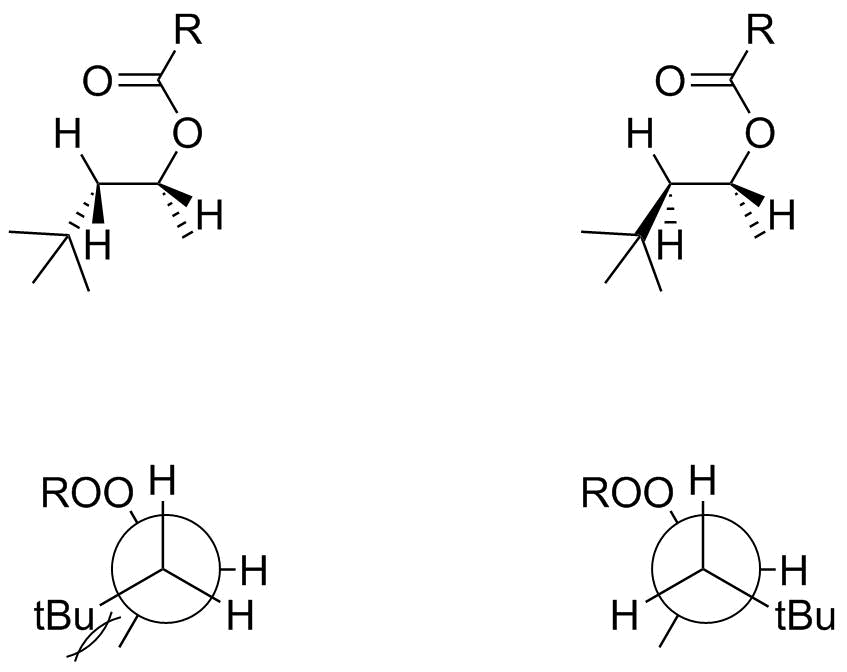The beta-hydrogen with less steric hindrance refers to the beta-hydrogen on the least substituted carbon. Your book is suggesting that the major product is the less-substituted alkene, which is not the most stable product (as pointed out by Jan).
Jerry March's book gives the example of the pyrolysis of sec-butyl acetate. The 'major' product is the less substituted alkene, although it appears to be statistically driven (there are three beta-hydrogens and only two-beta'-hydrogens), indicating that there is little energy difference in the transition states leading to the two products.

All else being equal, the less substituted alkene product (Hofmann's rule) should be predicted to be major. However, it appears that mixtures are typical and other factors must be considered for more complex substrates. The most important of these is that the reaction is a syn-elimination through a cyclic transition state, so the compound must be able to adopt the appropriate conformation. Other steric interactions may also influence the regioselectivity of the product away from the less substituted.
The Wikipedia page is a good summary of these intramolecular elimination reactions.


